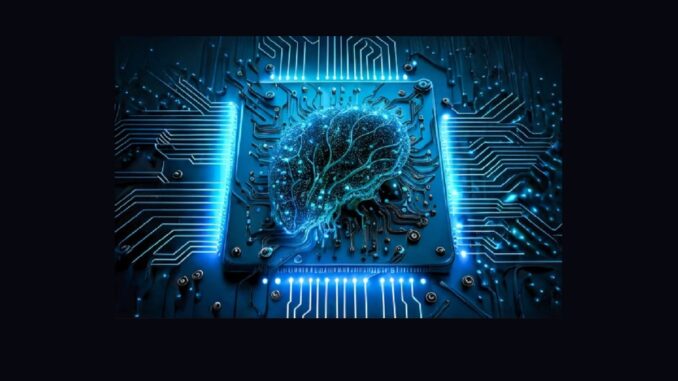
Australia’s Office of National Intelligence is funding a project to study ways of merging human brain cells with artificial intelligence.
The Australian agency is the equivalent of the US Director of National Intelligence

BYPASS THE CENSORS
Sign up to get unfiltered news delivered straight to your inbox.
You can unsubscribe any time. By subscribing you agree to our Terms of Use
Latest Video
A team of researchers that are collaborating with a startup Cortical Labs based in Melbourne, have received a $600,000 grant to merge biology with AI.
Zero Hedge reports: The team has already demonstrated how roughly 800,000 brain cells in a Petri dish is capable of playing a game of “Pong.“
“This new technology capability in the future may eventually surpass the performance of existing, purely silicon-based hardware,” said team lead Adeel Razi, an associate professor at Monarch University.
“The outcomes of such research would have significant implications across multiple fields such as, but not limited to, planning, robotics, advanced automation, brain-machine interfaces, and drug discovery, giving Australia a significant strategic advantage.”
According to Razi, the tech could allow a machine intelligence to “learn throughout its lifetime” like human brain cells, allowing it to learn new skills without losing old ones, as well as applying existing knowledge to new tasks.
Razi and his colleagues are aiming to grow brain cells in a lab dish called the DishBrain system to investigate this process of “continual lifelong learning.” -The Byte
According to Razi, “We will be using this grant to develop better AI machines that replicate the learning capacity of these biological neural networks.”
“This will help us scale up the hardware and methods capacity to the point where they become a viable replacement for in silico computing.”
Meanwhile, Elon Musk’s Neuralink has had FDA approval to study brain implants in humans since May.


